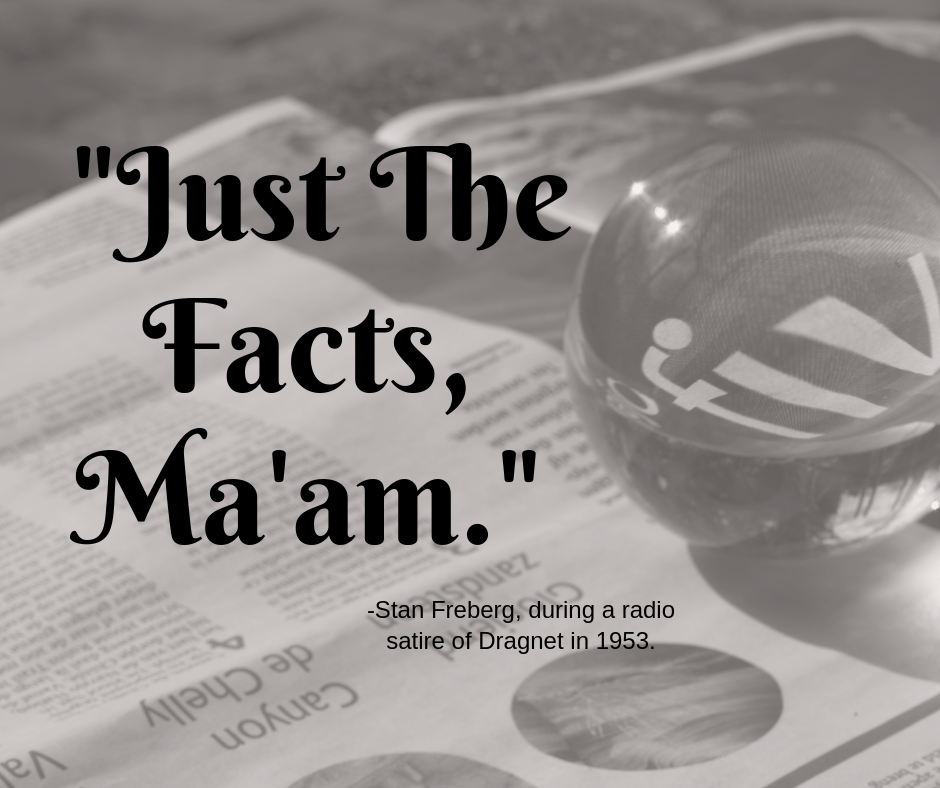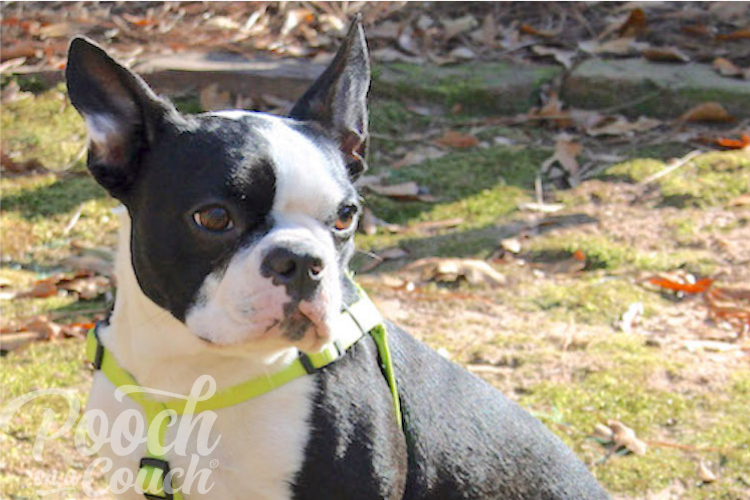Today (March 4th) is Lovey’s birthday, so naturally, I will spend time today thinking about her journey with me. In particular, I remember how hard it was letting this foster dog go!
Indeed, letting your foster dog go is hard.
I label Lovey as the very first foster dog I ever “let go.” In truth, it was Lexi, but maybe she doesn’t count. Lexi lives with one of my dear friends and I see her often.
Letting Lovey go was hard. Not because I wanted to keep her, either. I loved her dearly, but my commitment to fostering was strong. That said, there remained several barriers to hurdle.
I let her go, but it was hard. Here’s why.
What Is So Hard About Letting Them Go?
For me, it’s trust
Have you ever done the ‘trust fall’? If not, here’s how you do it: Stand on an elevated platform. A group of friends or acquaintances (maybe strangers!) are on the ground, in two lines, arms outstretched, prepared to catch you. Now. Get up your nerve, and turn, facing away from your peeps. Fold your arms over your chest, and with eyes closed and body stiff like a tree, fall backward. You (should!) land into the arms of your dear friends. Yikes!
It’s been a while, but I’ve done the trust fall a few times. Blindly falling backward is not easy, especially the first time.
Letting your foster dog go is like that.
The first time is REALLY HARD. There was little trust on that first trust fall, I don’t care how much my best friend encouraged, “I got you!” After the first successful catch, every time I let go, it became an easier and more confident decision.
Letting Your Foster Dog Requires Trust
You have to trust yourself, the adopter, and the agency.
First, you have to learn how to listen to and trust your intuition. Listening to your gut requires that you get quiet and put your emotions aside. Focus on the facts and the details instead of your worry or impending sadness.

Second, trust your agency! If you did your homework when selecting the agency for your volunteer service, you already know about their adoption protocols and processes and are satisfied with what they told you. Now, let them earn that trust as they select applicants for you to consider for your foster dog.
If you are a new, independent rescuer and you wear all the hats when placing your dog, find a mentor who can coach you. You will need guidance as you design your forms, your standards, and your interview style.
Finally, get to know the adopter prior to any final decision to place your foster dog with them. Spend time in email chat or preferably, on the phone, asking important questions and allowing these interested individuals to ask you questions that are important to them.
Letting Your Foster Dog Go When You Are Really Attached
As previously mentioned, even though my time with Louie and Lexi predate Lovey’s arrival, Lovey was the first dog I “let go” and experienced all the emotions that emerge during these difficult decisions.
What made the difference? Louie lived the remainder of his life with me, and Lexi went to my good friend’s home – I continue to see her often.
Lovey would move to a totally different state, hundreds of miles away and would live with people I didn’t know. (Trust!) In addition, despite our hard work and her improved confidence, she remained a somewhat fearful dog. I worried she would regress and lose all of her gains.
I Get Very Attached To Every Foster Dog That Lives With Me
I believe you cannot truly foster a dog if you do not feel any attachment to them. Even when fostering a dog I don’t particularly like, (there have been one or two!) I still love them, care deeply about them, and want what is best for them.
My foster dogs become my personal pets for a moment; they live with me, and with the exception of their sleeping quarters, they experience life just like Otis does.
So, in preparation for adoption, I think about if my foster dog should live with me, or live in a better home. In short, I critique my home and my lifestyle often.
Now, I think I’m a pretty good dog owner if I say so myself, but I also know I’m not the best home for every dog. Self-reflection isn’t always a walk in the park, but it helps me make the decision to let them go.
I Don’t Like To Feel Sad.
I feel sad every time I let go of my foster dogs. Most of the time, I cry. With Lovey, I bawled! Whereas I get excited about their future with the new family, I’m keenly aware that my work is done and that I may not see my foster dog ever again. I believe there is a level of grief that accompanies placing foster dogs.
In order to let them go, I accept and prepare for the sadness.
Getting Prepared To Let Your Foster Dog Go
One way I help myself prepare is by preparing for adoption day. By organizing, writing my notes to the new family, and making sure I didn’t omit any detail, preparing helps me work through my feelings.
After the adoption is complete, I plan some free time. Usually, I arrange for some quiet time outdoors. For example, I go for a nice walk or I grab a book or I may work in my garden. If I’m feeling particularly sad, I call a mentor for a nice chat.
I encourage everyone who fosters to create a list of activities that nurture and regenerate you.
When Distance Is a Factor, I Struggle To Let My Foster Dog Go
Three of my foster dogs live in New England, a long distance from Georgia!
I worry about such things as, what if the dog is returned to the rescue? How will the dog travel back to me? Will I need to drive the distance?
Trust is tested when distance is a factor! I never receive a guaranteed success with any foster dog I place, no matter how careful I am. That said, when distance is involved, I want to make sure my gut is settled. I spend a lot of time talking to potential families when they live a good distance from me.
Sometimes, I Need Help Letting A Foster Dog Go
I fostered a cleft palate, orphaned puppy from 11 days of age until he reached 8 or 9 months old. His name is Levi, and I knew early on his personality didn’t fit with my lifestyle. He was “too much dog” for me.
Smart as a whip, active and independent, this puppy deserved an amazing life with the right owner. And, it wasn’t with me.
As Levi readied for adoption, I started to place some unrealistic expectations on who I thought his forever family should be. I knew it, and I knew that for this dog, I lacked clarity and objectivity. Clearly, I needed help.
One of my friends and fellow foster mamas agreed to foster Levi and assume the responsibility for choosing his forever family. As a result of her dedication, Levi received a wonderful new family and lives a grand life. I’m grateful for a team around me that helps me when things get tough.
Sometimes, We Don’t Let Our Foster Dog Go.
I think the vast majority of individuals who foster rescued pets eventually keep one. We, tongue-in-cheek, call it “foster fail”.
It isn’t a failure at all.
Friends of mine ALWAYS foster fail. Always. They agreed upon a pre-determined number of pets they want. When one passes away, they agree to “foster” another. Everyone knows when the dog arrives, the dog will never leave.
Once, a foster failure happened for these girls on transport, I kid you not!
What makes this workable for these two is – they have a threshold. They know when their house is full.
I think foster failing is great, I do! Many dogs are saved and find their perfect home through foster failure. I also think that there is great joy in letting your foster dog go for adoption. If you are up for it – take a risk, foster a pet! If its not a dog, there are pigs to foster, cats, ferrets, guinea pigs, rabbits, birds, snakes, horses, mice, rats…
Popular Posts
- HOW TO CHOOSE A DOG RESCUE AGENCY
- ULTIMATE GUIDE TO FOSTERING: 10 SKILLS YOU NEED
- VOLUNTEER IF YOU CANNOT FOSTER




